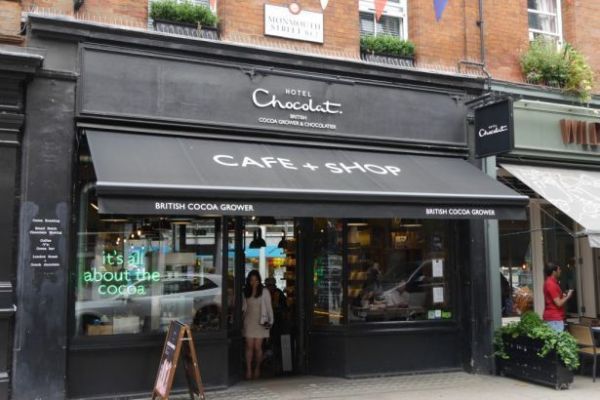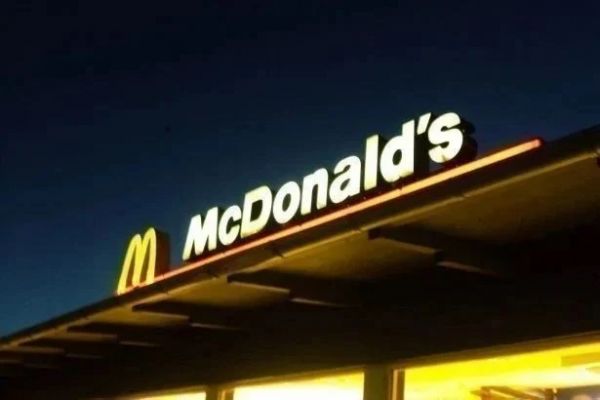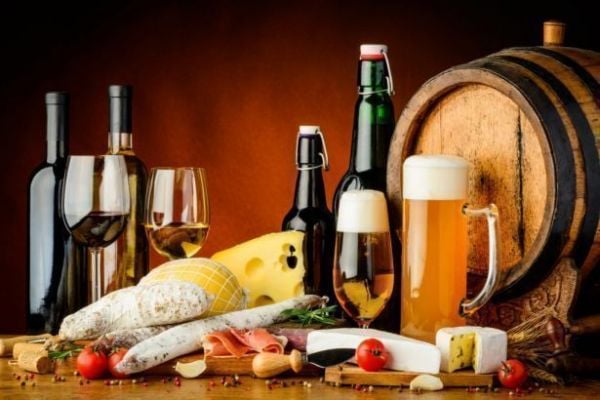Jacques Torres is betting Americans simply can’t kick their chocolate habit even after the price of cocoa surged to the highest in three years.
Torres, a former pastry chef at New York’s swanky Le Cirque restaurant who dubbed himself Mr. Chocolate, spent more than $3 million on a Brooklyn confection-making plant last year and doubled his eponymous shops in New York to eight from four, with seven Manhattan locations. He said 2014 sales will top last year’s record of $10 million.
“People love chocolate,” Torres said by telephone from his Hudson Street store, where a 12-piece box of popular treats sells for $19.20 and three monthly of deliveries of assorted goodies fetches $145. “Business is still strong. The market is there. The economy in New York and the US is better.”
No country consumes more chocolate than the US, where sales will climb to a record $17.75 billion this year, market researcher Euromonitor International Plc estimates. As demand grows, producers including Hershey Co. are raising prices to cover ingredient costs. Cocoa climbed 2.2 per cent last month on concern that the deadly Ebola outbreak will disrupt shipments from West Africa, the world’s biggest growing region. With the US on track for its biggest job expansion since 1999 and consumer confidence improving, Americans are spending more on chocolate as prices drop for gasoline and many foods.
“For many, chocolate is seen as an affordable luxury,” said Pinar Hosafci, a packaged-food analyst at Euromonitor in London. “The demand for chocolate remains still very strong. In the US, growth for premium-chocolate variants and also bite-sized chocolates is quite high.”
Cost Increases
Cocoa futures climbed 14 per cent this year, pushing the cost of cocoa butter, the main chocolate ingredient, up 5 per cent. That prompted chocolate manufacturers including Hershey and Mars Inc. to raise prices in July. Even with higher prices, chocolate sales rose 1.9 per cent to 2.2 billion pounds (1 million metric tons) in the 52 weeks ended 5 October, compared with a year earlier, according to market researcher IRI, which tracks data from retailers including supermarkets and convenience stores. Chicago-based IRI declined to provide a 2014 forecast.
Chocolate consumption typically peaks from Halloween on 31 October through Easter, which will be celebrated on 5 April in 2015, according to the National Confectioners Association in Washington, and output has been rising. Cocoa processing in North America climbed 4.6 per cent to 138,027 tons in the third quarter, the highest since the association began tracking the data in early 2009.
No Deterrent
For many chocolate lovers, paying more isn’t a turn off.
“Chocolate makes you feel really good,” said Trudy Kane, a retired principal flutist at the Metropolitan Opera in New York. “When everything is right, and you feel so wonderful because everything is just as it should be -- you get the same feeling from a great piece of chocolate,” Kane said as she tasted dark champagne truffles at La Maison du Chocolat at the Plaza Hotel in Manhattan that sell for $48 a box.
Sahar Kanda plans to buy eight 50-piece bags of Halloween candy to hand out to trick-or-treaters in her Bronxville, New York, neighbourhood, compared with seven last year, even though Mars Chocolate North America raised prices, including for her beloved Snickers bars, by an average of 7 per cent in July, the same month that Hershey imposed an 8 per cent increase.
“When I buy chocolates from drugstores, I don’t even look at the price because they’re not such a big part of my budget anyway,” said Kandah, a bookkeeper at a private financial firm in Manhattan. “I just pick out what I like,” mostly because she will keep any leftovers for herself, she said.
Consumption isn’t growing everywhere. In Europe, where the economy of the euro zone may expand just 0.8 per cent in 2014 after two years of recession, cocoa grindings fell 1.1 per cent in the third quarter, the second straight decline, industry data show.
Small Share
There are few signs that higher prices dissuade consumers. In March 2011, when cocoa climbed to the highest in 32 years, demand for the beans expanded 5.4 per cent that season, industry data show. On average, cocoa accounts for 14 per cent to 15 per cent of what it costs to make chocolate, Euromonitor’s Hosafci said.
That’s even true for premium beans purchased for high-end products at Jacques Torres. He buys 120 tons of raw chocolate a year from Belgium, including about 10 tons of cocoa beans, for use at his 40,000-square-foot plant in Brooklyn, up from 100 tons a year ago. Premium-cocoa prices are up 40 percent, which boosts the cost of making chocolates by 6 percent to 8 percent, Torres said, though so far he hasn’t raised prices.
Halloween Demand
Consumers will spend a record $2.5 billion in candies for Halloween, with 75 per cent of that going to chocolates, said the National Confectioners Association, which represents manufacturers, including Hershey and Mondelez International Inc., the maker of Cadbury chocolate.
Halloween falls on a Friday this year, which will boost demand, said Susan Whiteside, an NCA spokeswoman in Washington.
“Improving disposable incomes over the last five years generally helped discretionary purchases such as chocolate,” said Amal Ahmad, an industry analyst for IBISWorld, Inc. in New York. “Even though chocolate prices have been rising, consumers haven’t really budged. Instead, they are actually going more towards premiums chocolate and organic products, and that has helped the industry maintain high selling prices and high profits.”
Bloomberg, edited by ESM









